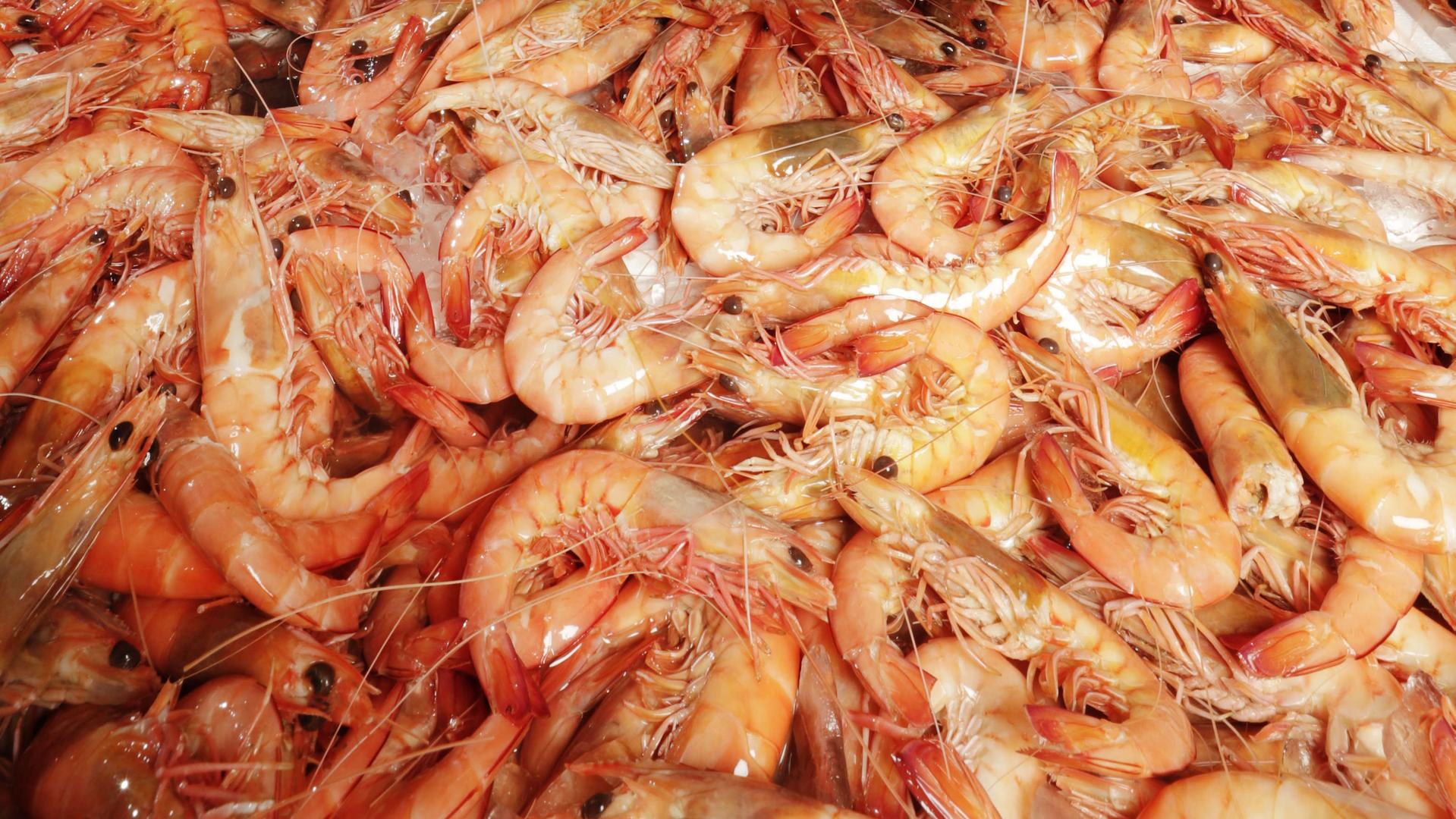EVER battled peeling a prawn and wondered what it is about the shell that makes it so annoying to remove? Adelaide researchers believe a part of the shell that makes it strong but bendy could help ease excruciating pain after back surgery.
Yes, it’s wet and makes your fingers sting after a while from all the sharp edges, but take a moment, if you can, to ponder what makes it so tough, but so bendy at the same time.
It’s chitosan (to save you the Googling time) and it’s what gives the shell flexibility and strength.
Now, Adelaide researchers are working to find out if the same properties could help those suffering with one of the most common kinds of severe back pain — the type suffered by almost half of the patients who undergo surgery for herniated discs.
Some describe it as pins and needles.
Others as electric shocks running from the back down the legs and into the feet.
Still more describe it as the worst pain they have ever experienced.
Herniated disc with leg pain is the most common indication for back surgery in western society and around 10 per cent of those patients will need surgery.

But scarring and adhesions mean, instead of experiencing an easing of pain, up to 40 per cent of patients suffer significant post-operative chronic pain known as failed back syndrome.
Despite this, there are currently no therapies available to these patients to help relieve their pain.
Led by Professor Peter-John Wormald, a research team at Woodville’s Basil Hetzel Institute has discovered a gel — made from the chitosan found in prawn shells currently used to treat nasal inflammation following surgery — can also be used to prevent scarring following routine back surgery.
Now armed with the support of a grant from The Hospital Research Foundation, this innovative gel will soon be available to patients through a clinical trial.
Researcher associate professor Sarah Vreugde says the gel prevents scarring mainly because it forms a barrier between different sides of the wound that, when in contact, can ‘fuse’ and form adhesions.
“More than 800,000 spine surgeries occur annually globally and provide relief in some cases,’’ Vreugde says.
But pain from adhesions often follows.
“The key is prevention of adhesions from forming,’’ Vreugde says

More than 800,000 spine surgeries occur annually globally and provide relief in some cases.
.
“However, there are no approaches or products on the market that can do this. Once adhesions are present and cause severe pain, patients receive standard pain medication but, if not sufficient, they may need a second operation just to remove the adhesions.”
It’s hoped the gel - which also has a medication usually used to treat some forms of anaemia added to it - will improve wound healing and prevent the adhesions from forming, greatly improving the lives of those post-surgery.
Prof Wormald hopes even those with shellfish allergy will be able to use the product.
“The gel is highly chemically modified so we don’t think that using the gel in a patient who has shell allergies would be a problem,’’ he says.
“However, just to be extra safe, we have not included anyone with shell fish allergy in any of our trials to date.”
And it’s not just back surgery patients who stand to benefit from the research.
Already used successfully after sinus surgery, there is potential for the gel to be used in abdominal surgery.
“Currently we are investigating the use of this combination product for the prevention of adhesions after bowel and gynaecological surgery as adhesions after such surgery is common and cause major complications including bowel obstruction.”


Using Netflix, Uber tech to keep flu outbreaks in check
COULD ‘big data’ technology used by Netflix and Uber be the key to getting a grip over influenza outbreaks? A team of Adelaide-based researchers is finding out.
Yes, you can die from a broken heart
LOSING a loved one or enduring a time of immense stress can cause a broken heart — literally. Now a team of Adelaide researchers are working out how to treat one.